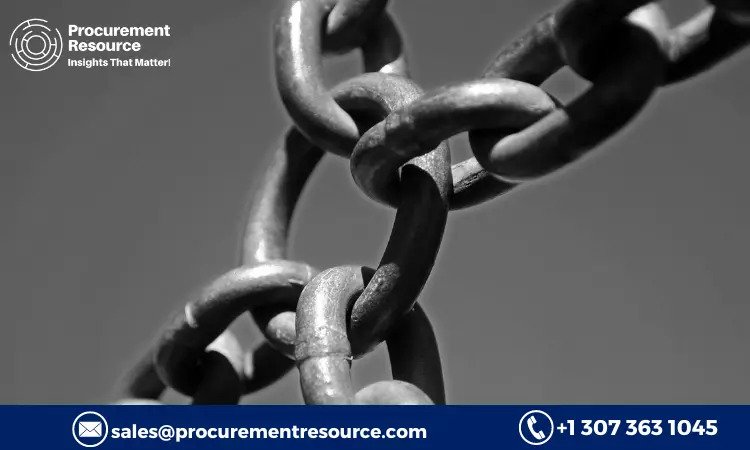
Iron, a fundamental material in various sectors, including construction, automotive, and manufacturing, plays a crucial role in the global economy. As demand for iron continues to rise, understanding the factors influencing its production cost is essential for both producers and consumers. This blog post aims to provide an overview of the iron production cost landscape, examining key factors that contribute to pricing variations in the industry.
Raw Material Costs:
The production cost of iron heavily relies on the price and availability of raw materials. Iron ore, the primary input, is susceptible to market fluctuations, driven by factors such as supply-demand dynamics, geopolitical tensions, and environmental regulations. Fluctuations in iron ore prices can significantly impact production costs. Additionally, other raw materials, such as coking coal and limestone, used in the iron-making process, also influence cost variations. Thus, iron producers must closely monitor and manage the procurement of these materials to mitigate price volatility.
Energy Costs:
Energy expenses constitute a significant portion of iron production costs. The energy-intensive processes involved in iron production, such as mining, crushing, grinding, and smelting, demand substantial amounts of electricity, natural gas, and fossil fuels. The volatility in energy prices, influenced by geopolitical events, regulatory policies, and market forces, can significantly impact production costs. Implementing energy-efficient technologies, exploring renewable energy sources, and optimizing energy consumption are strategies employed by iron producers to mitigate the impact of energy costs on their operations.
Labor and Operational Costs:
Labor costs, including wages, benefits, and training, contribute to the overall production cost of iron. As with any industry, labor availability and labor market dynamics influence cost variations. Geographical location, labor productivity, and labor market competitiveness can impact the costs associated with mining, processing, and transportation of iron. Furthermore, operational costs, such as maintenance, equipment upgrades, and logistics, need to be considered for an accurate assessment of production costs. Streamlining operational processes, implementing automation, and optimizing supply chain management can help reduce overall labor and operational expenses.
Regulatory and Environmental Factors:
Regulatory compliance and environmental sustainability play an increasingly significant role in iron production costs. Compliance with stringent environmental regulations and emission control measures often requires additional investments in pollution abatement technologies and waste management systems. The costs associated with meeting these standards can have a direct impact on the overall production cost of iron. Additionally, carbon pricing mechanisms, such as carbon taxes or emissions trading schemes, may impose additional costs on iron producers, further influencing pricing variations.
Request For Free Sample: https://procurementresource.com/production-cost-report-store/iron/request-sample
Conclusion:
The production cost of iron is influenced by a multitude of factors, ranging from raw material costs to regulatory compliance and environmental sustainability measures. Understanding these factors and their interplay is essential for iron producers to remain competitive and for consumers to anticipate price fluctuations. By closely monitoring and managing raw material procurement, optimizing energy consumption, streamlining labor and operational processes, and adapting to evolving regulatory and environmental requirements, iron producers can effectively mitigate production cost challenges. A holistic approach that encompasses technological innovation, sustainable practices, and efficient resource management is crucial for the long-term success of the iron industry.
Contact Us:
Company Name: Procurement Resource
Contact Person: Chris Byrd
Email: sales@procurementresource.com
Toll Free Number: USA & Canada – Phone no: +1 307 363 1045 | UK – Phone no: +44 7537 132103 | Asia-Pacific (APAC) – Phone no: +91 1203185500
Address: 30 North Gould Street, Sheridan, WY 82801, USA